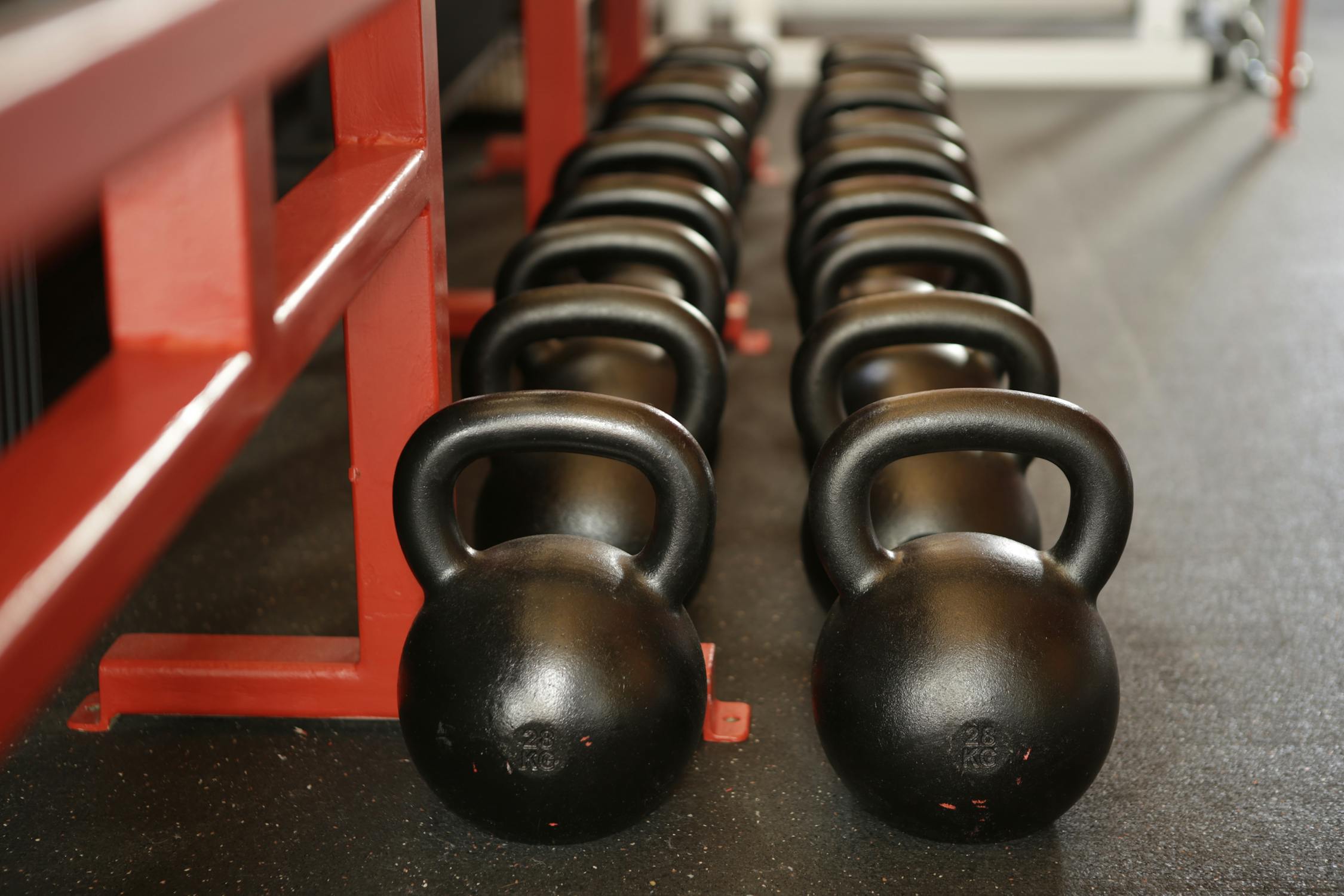The desire to reduce belly fat quickly is a common goal, often driven by upcoming events or a sudden motivation for a healthier lifestyle. While rapid, sustainable fat loss requires consistent effort, there are indeed effective strategies you can implement in the short term to kickstart your progress and see noticeable changes. This article will guide you through evidence-based methods to target abdominal fat efficiently, focusing on practical dietary adjustments, exercise routines, and crucial lifestyle factors. We’ll explore how to create a calorie deficit, optimize your macronutrient intake, choose the right foods, and incorporate effective workouts, all while maintaining a focus on health and sustainability.
Understanding Belly Fat and Its Rapid Reduction
Belly fat, specifically visceral fat that surrounds your organs, is not just a cosmetic concern; it’s a significant health risk linked to various chronic diseases. While spot reduction (losing fat from one specific area) is a myth, a comprehensive approach to overall fat loss will naturally reduce abdominal fat. Rapid reduction focuses on creating a significant, yet safe, energy deficit and optimizing metabolic processes.
The Two Types of Abdominal Fat
- Subcutaneous Fat: This is the fat you can pinch, located just under the skin. It’s generally harmless in moderate amounts.
- Visceral Fat: This deeper fat surrounds your internal organs and is metabolically active, releasing inflammatory compounds that increase health risks. Short-term strategies are particularly effective at targeting this type of fat due to its higher metabolic activity.
Research consistently shows that a combination of diet and exercise is the most effective way to reduce visceral fat. For more detailed information on the health implications of visceral fat, you can refer to this article from Harvard Health Publishing on Taking Aim at Belly Fat.

The Cornerstone: Calorie Deficit & Macronutrient Balance
To lose fat, you must consume fewer calories than your body burns. This is known as a calorie deficit. For rapid, yet safe, short-term fat loss, a deficit of 500-750 calories per day is often recommended, aiming for 1-2 pounds of fat loss per week. However, the quality of these calories and the balance of macronutrients are equally vital.
Prioritizing Protein and Fiber
Protein is crucial for fat loss because it has a high thermic effect (your body burns more calories digesting it), promotes satiety, and helps preserve muscle mass during weight loss. Aim for 0.7-1 gram of protein per pound of body weight. Fiber, especially soluble fiber, also contributes to satiety and can help reduce visceral fat by promoting gut health and slowing digestion.
- Protein: Lean meats, poultry, fish, eggs, dairy, legumes, tofu.
- Fiber: Vegetables, fruits, whole grains, beans, nuts, seeds.
- Healthy Fats: Avocados, nuts, seeds, olive oil (in moderation).
Strategic Food Choices for Quick Results
The types of food you consume play a critical role in how quickly and effectively you lose belly fat. Focusing on nutrient-dense, whole foods while limiting processed items is paramount.
Foods to Emphasize
- Lean Proteins: Chicken breast, turkey, fish (salmon, tuna), eggs, Greek yogurt, cottage cheese. These keep you full and support muscle.
- Non-Starchy Vegetables: Broccoli, spinach, kale, bell peppers, zucchini. High in fiber and low in calories, they add volume to meals.
- Berries and Low-Sugar Fruits: Blueberries, strawberries, apples. Provide essential vitamins and fiber without excessive sugar.
- Whole Grains (in moderation): Oats, quinoa, brown rice. Choose small portions for sustained energy.
- Healthy Fats: A small amount of avocado, nuts, seeds. Essential for hormone function and satiety.
Foods to Strictly Limit or Avoid
- Sugary Drinks: Sodas, fruit juices, sweetened teas. These are major sources of empty calories and contribute directly to belly fat.
- Refined Carbohydrates: White bread, pastries, pasta, sugary cereals. They cause blood sugar spikes and can lead to fat storage.
- Processed Foods: Chips, fast food, most packaged snacks. High in unhealthy fats, sugar, and sodium.
- Excessive Alcohol: Alcohol contains empty calories and can impair fat burning, especially around the midsection.
“A study published in the journal ‘Obesity’ in 2023 highlighted that dietary patterns rich in whole, unprocessed foods and low in added sugars and refined grains were significantly associated with reduced visceral fat accumulation over time.”
Optimizing Exercise for Abdominal Fat Loss
While diet is paramount, exercise accelerates fat loss and improves body composition. A balanced approach combining cardiovascular training and strength training is most effective for targeting belly fat.
High-Intensity Interval Training (HIIT)
HIIT involves short bursts of intense exercise followed by brief recovery periods. It’s highly effective for burning calories in a shorter amount of time and can boost your metabolism for hours after your workout (EPOC – Excess Post-exercise Oxygen Consumption). Aim for 2-3 sessions per week.
- Examples: Sprinting, cycling, burpees, jump squats.
- Duration: 15-20 minutes, including warm-up and cool-down.
Strength Training
Building muscle mass increases your resting metabolic rate, meaning you burn more calories even at rest. Focus on compound movements that engage multiple muscle groups. Aim for 3-4 sessions per week.
- Examples: Squats, deadlifts, push-ups, rows, overhead presses.
- Benefit: Helps preserve muscle during calorie restriction and improves body shape.

Beyond Diet & Exercise: Crucial Lifestyle Factors
While diet and exercise are primary, several lifestyle factors significantly impact your ability to lose belly fat, especially in the short term.
Adequate Sleep
Lack of sleep disrupts hormones that regulate appetite (ghrelin and leptin) and increases cortisol, a stress hormone linked to increased belly fat storage. Aim for 7-9 hours of quality sleep per night.
Stress Management
Chronic stress elevates cortisol levels, which can lead to increased appetite and preferential fat storage in the abdominal area. Incorporate stress-reducing activities like meditation, yoga, deep breathing, or spending time in nature.
Hydration
Drinking plenty of water helps with metabolism, reduces bloating, and can aid in satiety. Often, thirst is mistaken for hunger. Aim for at least 8 glasses (2 liters) of water daily.

Setting Realistic Expectations & Avoiding Pitfalls
While it’s possible to see quick results, it’s crucial to set realistic expectations. Rapid fat loss should be approached cautiously to avoid unhealthy practices and ensure sustainability.
The Dangers of Extreme Diets
Very low-calorie diets or fad diets promising “miracle” results are often unsustainable and can lead to nutrient deficiencies, muscle loss, and a rebound effect where you regain more weight than you lost. Focus on nutrient density and a moderate calorie deficit.
Consistency Over Perfection
Even in a short-term plan, consistency is key. A few slip-ups won’t derail your progress, but consistent adherence to your dietary and exercise plan will yield the best results. Remember that the goal is not just to lose fat quickly, but to establish habits that can be maintained for long-term health.
| Category | Action |
|---|---|
| Diet | Calorie deficit (500-750 kcal/day), high protein, high fiber, limit refined carbs/sugar. |
| Exercise | 2-3 sessions/week HIIT, 3-4 sessions/week strength training. |
| Lifestyle | 7-9 hours sleep, stress management, ample hydration. |
Conclusion
Achieving rapid belly fat reduction is an attainable goal when approached with a strategic, evidence-based plan. By focusing on a moderate calorie deficit, prioritizing protein and fiber, making smart food choices, incorporating effective exercise like HIIT and strength training, and optimizing lifestyle factors such as sleep and stress management, you can significantly impact your abdominal fat in a short period. Remember, while the initial goal might be quick results, the most effective approach integrates these changes into a sustainable, healthy lifestyle for long-term well-being.
What short-term health goals are you working towards, and which of these strategies do you plan to implement first?
